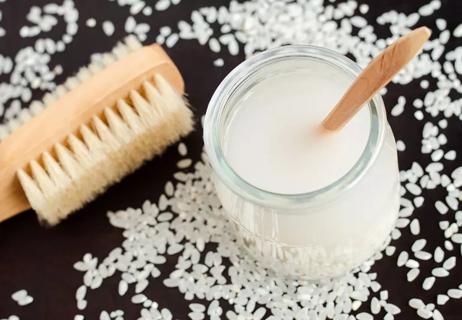Advertisement
Gunshot wound survivor's recovery continues

Katie Stubblefield continues to make strides one year after having the first total face transplant at Cleveland Clinic. She is the world’s youngest face transplant recipient.
Advertisement
Cleveland Clinic is a non-profit academic medical center. Advertising on our site helps support our mission. We do not endorse non-Cleveland Clinic products or services. Policy
A self-inflicted gunshot wound at age 18 left Katie unable to see, speak, breathe through her nose, swallow food, chew or move her tongue.
The trauma made hers the most extensive and complex of three face transplants performed at Cleveland Clinic since the first U.S. face transplant took place here in 2008.
Since her transplant at age 21, “Katie’s ability to swallow, speak, show emotion with her face and use her mouth to eat have improved considerably,” says Frank Papay, MD, Chairman of the Dermatology & Plastic Surgery Institute. “We don’t expect that improvement to stop.”
Six weeks after her injury, following surgeries at other hospitals, Katie arrived at Cleveland Clinic.
Over the next three years, she would have more than a dozen additional reconstructive surgeries.
“The reconstructions were challenging; we had few facial landmarks to build from, given the extent of her trauma,” says Brian Gastman, MD, her primary plastic surgeon.
But reconstruction alone could not correct Katie’s disfigurement or adequately improve her quality of life. She needed a total face transplant.
This required multiple in-depth evaluations, including extensive psychiatric and social evaluations to confirm that Katie — a suicide survivor — was fully committed to living.
They also had to ensure she had the extraordinary support system total face transplants require.
Once Katie was deemed a suitable candidate, the surgical team began practicing by doing “mock” face transplant surgeries.
“We used 3D-printed head models and augmented reality (AR) technology to visualize Katie’s anatomy in three dimensions,” says Dr. Papay. “We planned and planned and planned, and then we planned some more.”
Drs. Papay and Gastman led the surgical team with Maria Siemionow, MD, PhD, past Director of Plastic Surgery Research here (now at the University of Illinois at Chicago).
Once a donor was found in May 2017, the transplant procedure began. Experts from 15 specialties, including 11 surgeons, labored for 31 hours in two operating rooms. They effectively replaced 100 percent of Katie’s facial tissue, including her:
Advertisement
A small army of Cleveland Clinic experts — not just in plastic surgery, but also in anesthesiology, bioethics, dentistry, ophthalmology, endocrinology, infectious disease, psychiatry, pharmacy, nursing, physical therapy, occupational therapy and speech therapy — contributed to the procedure’s success.
“I’m extremely proud of this team for their commitment to making a difference in Katie’s life,” says Dr. Papay. “We are much more capable together than we are individually.”
“To reach this point of recovery has oftentimes been a difficult road to travel, but I’m thankful there’s been a road,” says Katie. “I am forever grateful for the care this hospital continues to offer on my journey of recovery and healing.
“And to my donor and her family – words cannot express the appreciation I have for this incredible gift. With a grateful heart, I say thank you.”
Approximately 40 face transplants have now been done worldwide. Cleveland Clinic is one of just six U.S. institutions to offer the procedure.
“Today, we can dramatically improve the lives of people whose facial trauma would have been inconceivable to treat a few decades ago,” says Dr. Gastman.
“With her new nose, lips, palate, eyelids and jaw, Katie now has the opportunity to rejoin society and have a future like any other young adult.”
Determined to use her experience to help others, Katie hopes her future will include serving as a spokesperson for adolescent mental health and suicide prevention.
Advertisement
Learn more about our editorial process.
Advertisement

More than 20 organs and tissues can be donated, and one donor can help more than 80 people

Rest, hydration, protein and light exercise all play an important role in your healing

The field of uterus transplant is advancing

Clinical trial targets women with UFI

Healthy gut flora defeat Clostridium difficile infection

Cleveland Clinic first to use augmented reality in this way

The mental block is a brain-body disconnect that causes gymnasts to lose their sense of space on flips

The results aren’t great, and the risks — like vision problems — aren’t worth it

Focus on your body’s metabolic set point by eating healthy foods, making exercise a part of your routine and reducing stress

PFAS chemicals may make life easier — but they aren’t always so easy on the human body

While there’s little risk in trying this hair care treatment, there isn’t much science to back up the claims